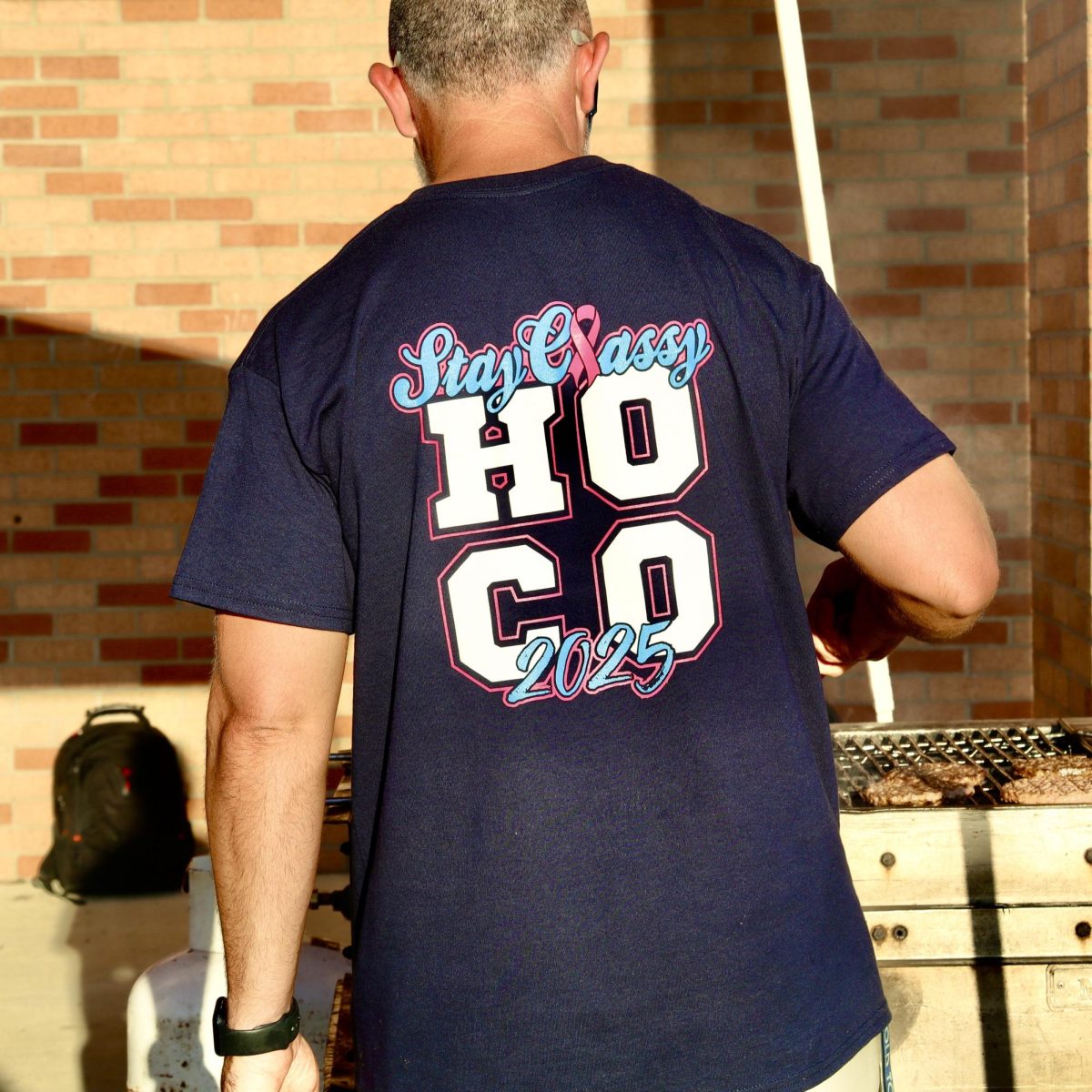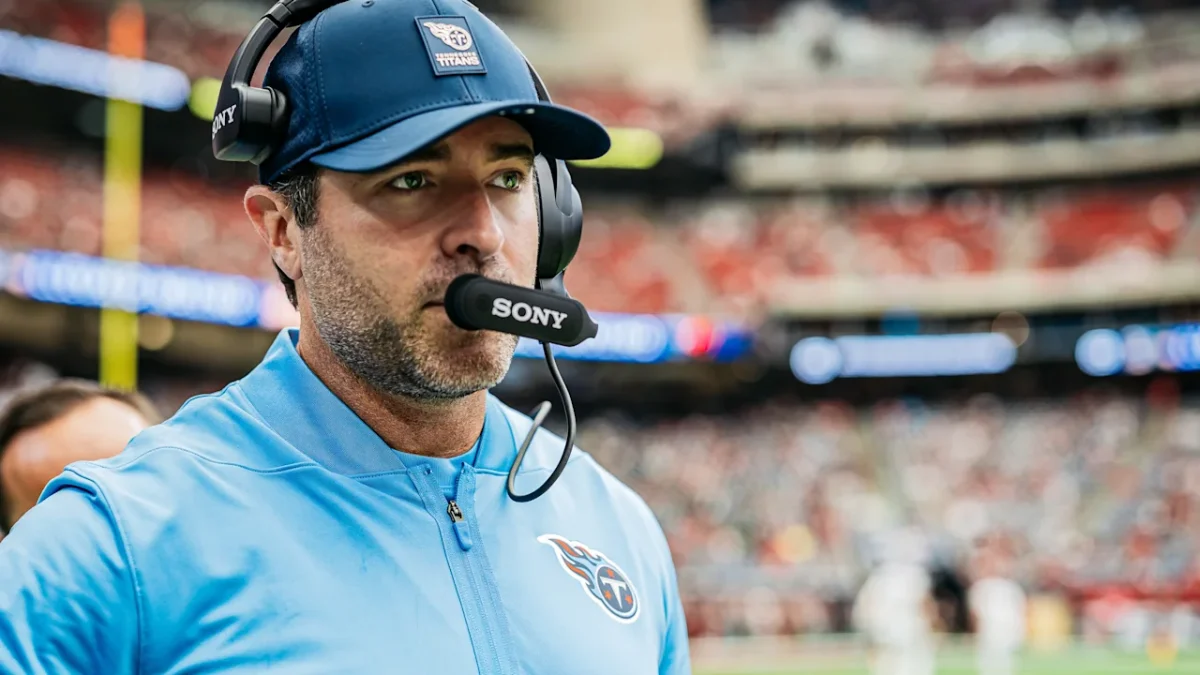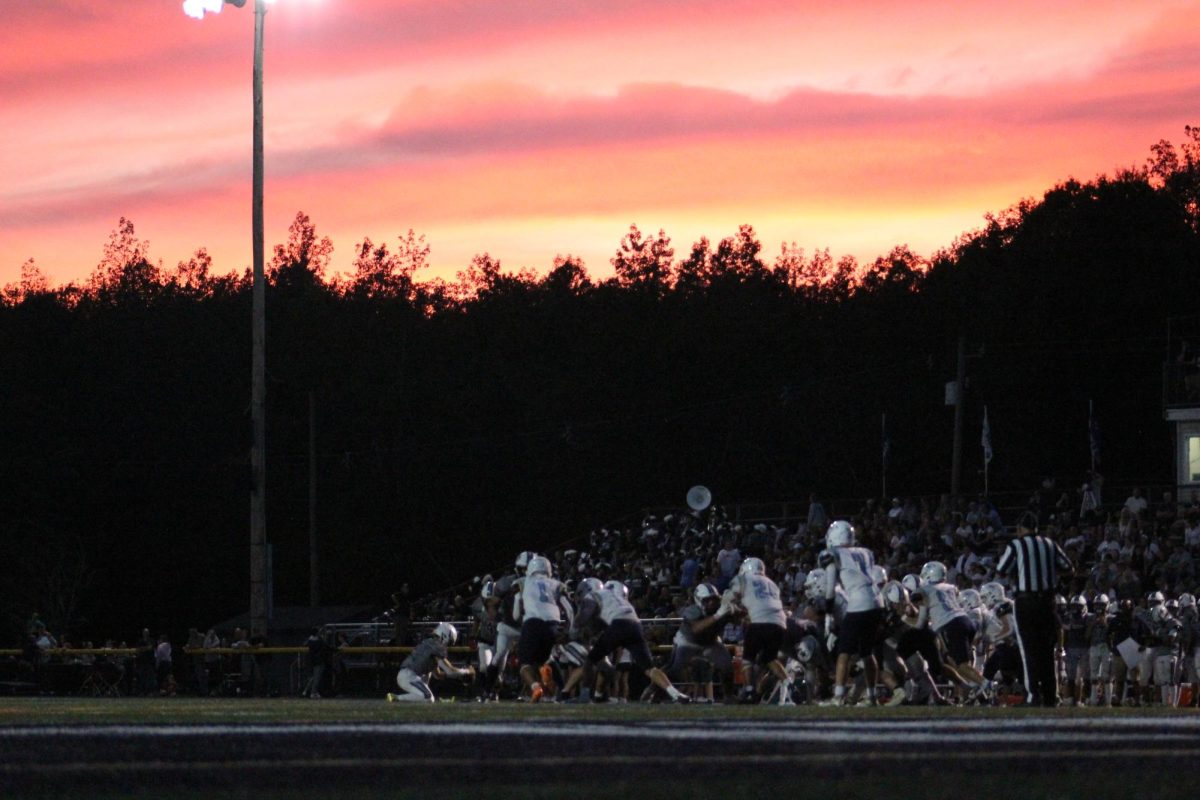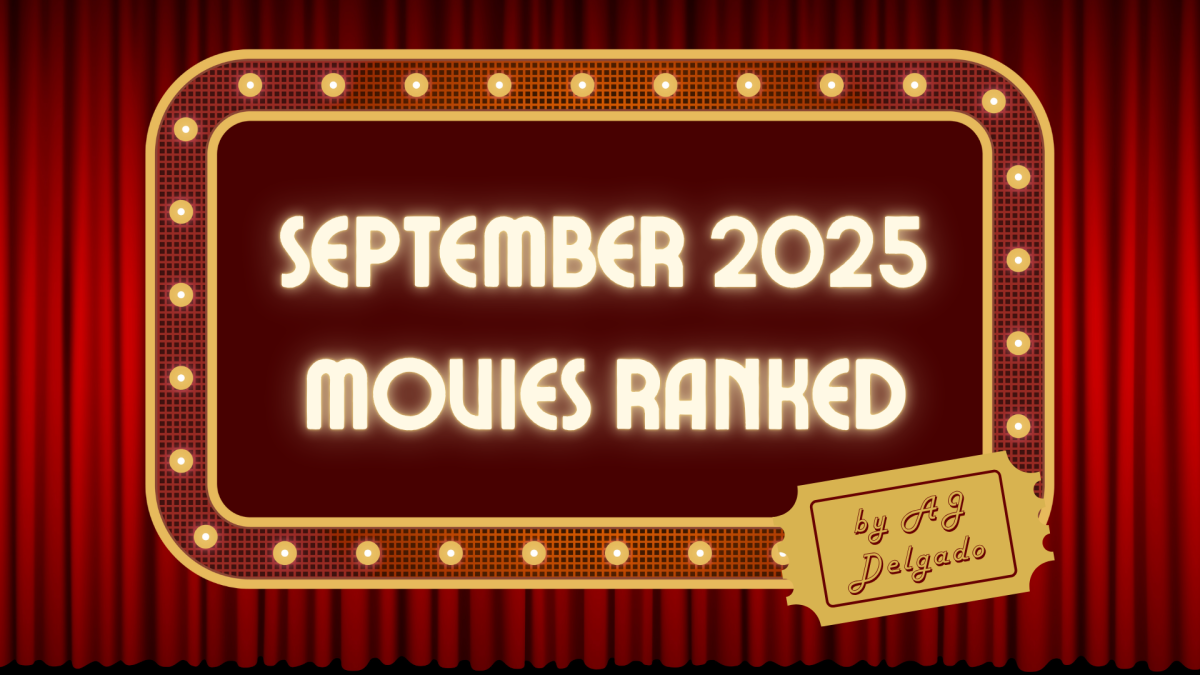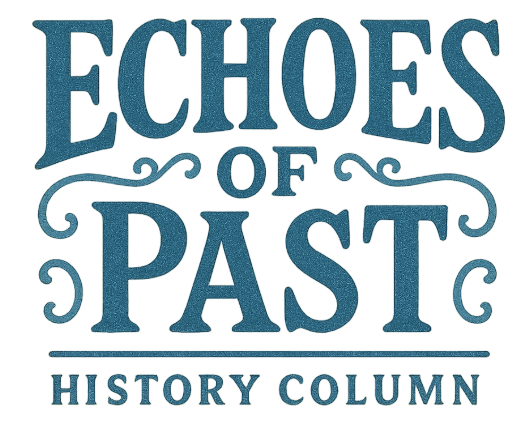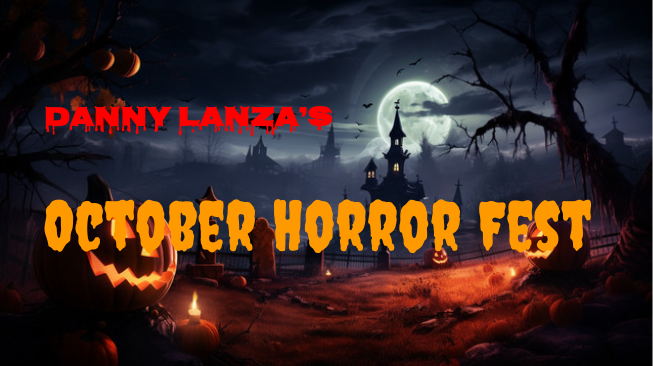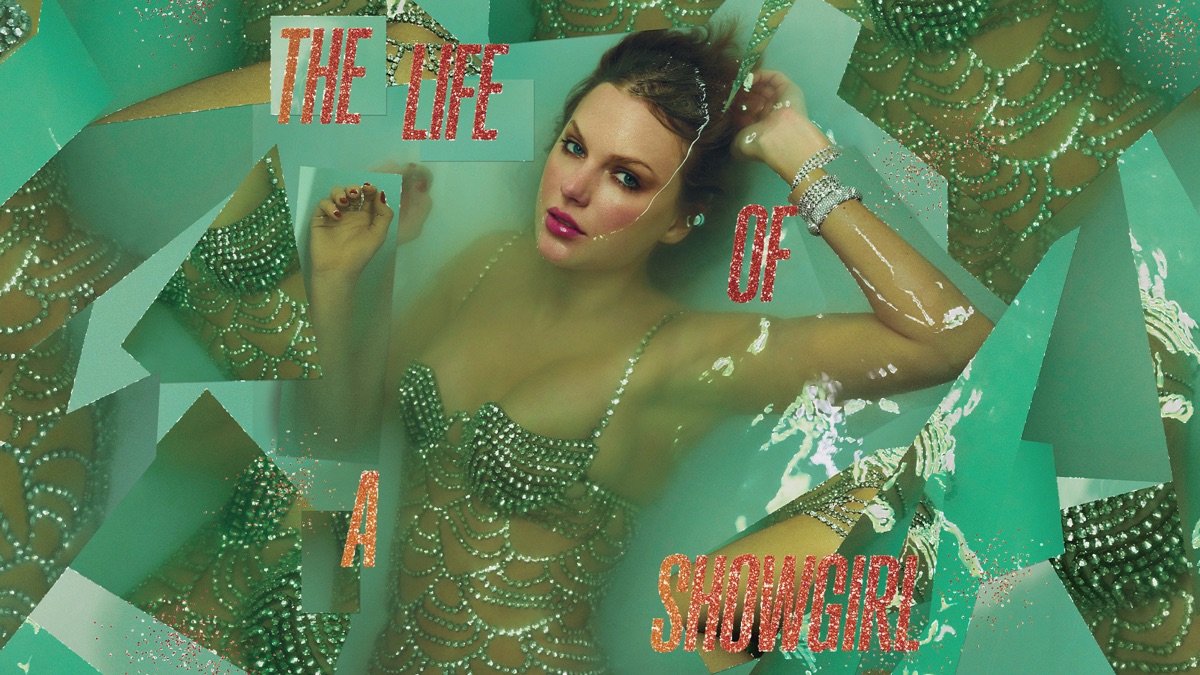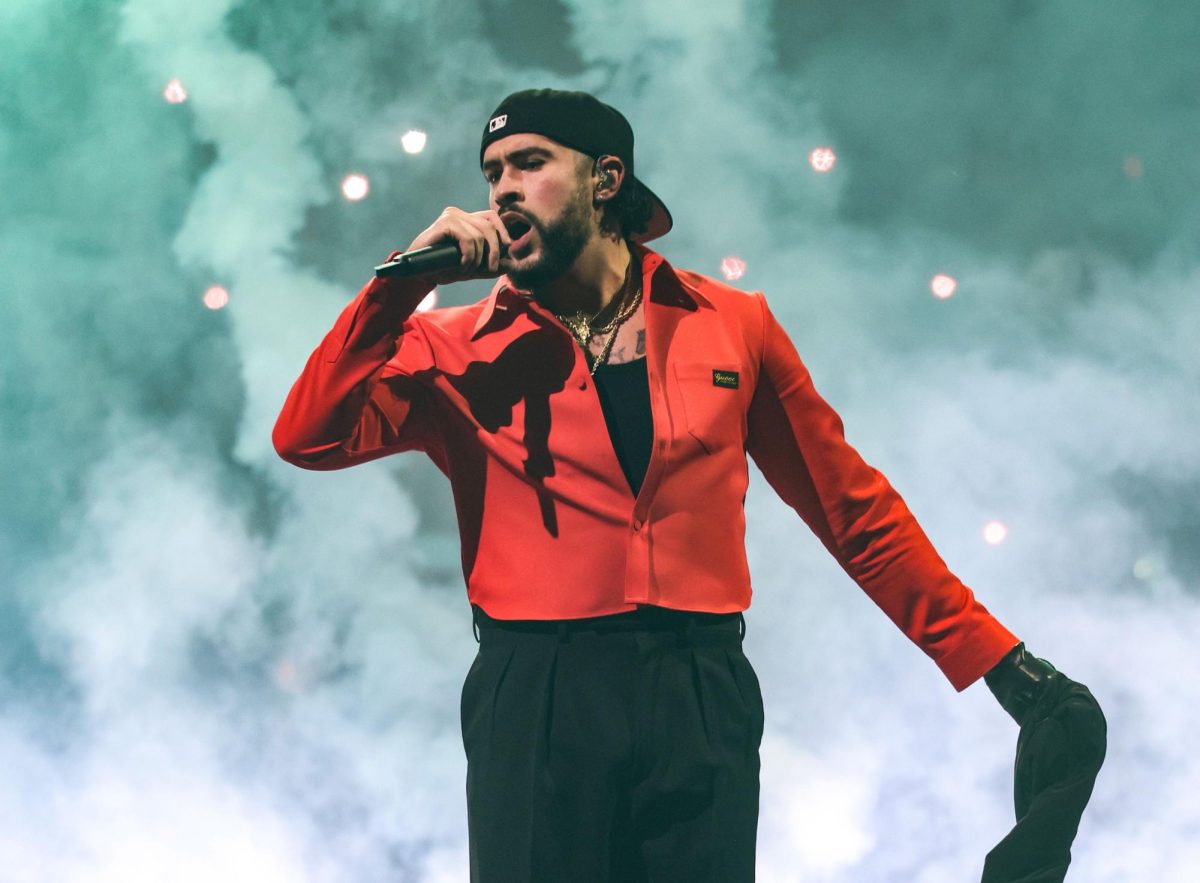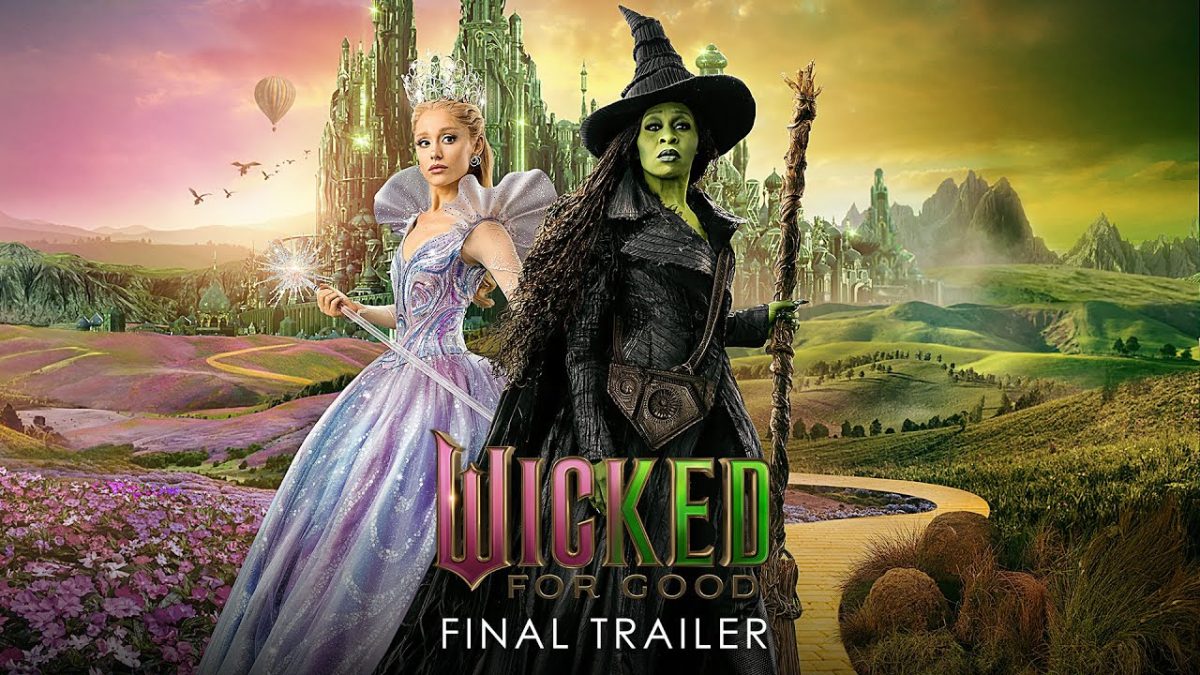Greetings, and welcome to day three of October Horror Fest! By now, I think we’ve got the ball rolling here, and I’m so excited to keep sharing these movies with you! Today, we are covering one of the most influential horror films, and films in general, of all time. Scoring a 94% on Rotten Tomatoes, and being heralded as one of the masterpieces of the genre, I feel that this film, upon my first watch, completely changed my perspective on horror. Without further ado, sit back, relax, turn off the lights, grab some Candy and Popcorn, and let’s review…
Frankenstein (1931)
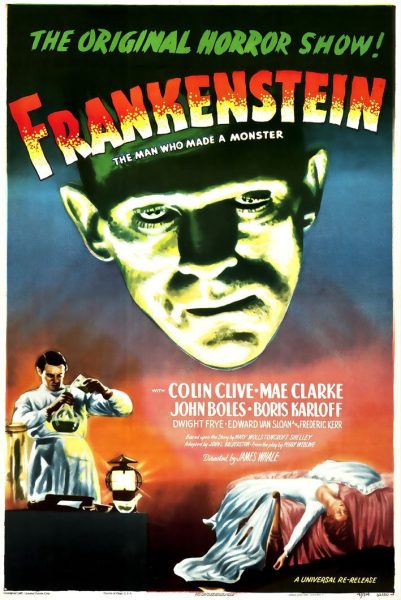
Frankenstein is a titan of the genre. Being the first film adaption of one of the most influential novels of all time, it introduced audiences to the world of widespread horror. The film was fully in black and white, and also had sound. It established the famous Victor Frankenstien as Henry Frankenstien, switching the names and roles of Victor and his best friend Henry from the novel.
Our story begins with Henry Frankenstien working in his laboratory, looking like a medieval castle, with his assistant. He works and works and works, digging up bodies to use for his experiment. He crafts, “with his own hands”, a body. This body would later inhabit a monster. We meet Henry’s family, including his fiancee Elizabeth, his best friend Victor (switched from novel, sorry if this is confusing) and his father. They haven’t seen Henry due to his experiments, and set out on a stormy night to confront him. Henry and his assistant are visited by Elizabeth, Victor, and Henry’s old professor, and they watch him become a “God”. Henry is able to steal a criminal’s brain from his professor, although he thought the brain was normal. He puts this brain into his creation, and harnesses the power of lightning to bring it to life. Henry succeeds in his mission, spawning the iconic phrase, “It’s alive! It’s alive!”
Henry is fascinated by his creation, with his peers all being shocked by it. He revels in his success, thinking of himself as a God. This is, until, his monster comes alive, and kills his assistant. Henry is shocked, thinking that with his hands, he created a monster. Henry and his professor subdue the monster, and Henry is sent back home with Elizabeth. Little did we know, however, that the monster was alive. Shortly after Henry Frankenstien departs, the monster murderers Professor Henry Clerval.
While at home, Henry and Elizabeth relax. They are madly in love, and want to be married. Henry, however, carries an enormous guilt with him, and thinks he shouldn’t be married when his demonic creation, the opposite of the holy one he was intending for, is still out there. We see the monster, now traveling away from the castle, come across a little girl. This little girl, instead of being afraid of the monster, asks him to play with her. The monster is then introduced to the true joy of innocence and humanity, and floats flowers on the river with the girl. He is happy, until we see what happens next. Frankenstein’s Monster, not understanding that flowers float, and people don’t, throws the little girl into the water. This was a heart wrenching scene, and it ends with the monster running away once again.
We pick back up with Henry and Elizabeth on their wedding day. Everyone is happy, everyone is there. We believe that everything is fine, until Elizabeth tells Henry that she feels a travesty may occur. Just then, we hear the Monster in the house. Henry scrambles about, trying to find his ungodly creation. We pan back to Elizabeth, as the Monster enters through her window. The monster almost kills Elizabeth, with him fleeing, and her being left in a state of shock and delirium. Henry vows revenge on his Monster. Stumbling into town comes the Father of the little girl murdered. He sets out a search party for the Monster, and Frankenstien leads a group into the mountains. This is where the climax of this amazing film begins.
Henry Frankenstein eventually finds the monster, and the monster overpowers him. He brings him into a windmill, with full intention to kill him. This is until Henry wakes up, and the mob that he led, armed with torches, arrives at the windmill. Henry and the Monster both get up, and get to opposite sides of a rotating gear inside of the windmill. We see both of their faces, mirrored, in an absolutely incredible shot and a feat of cinematography. Remember, this film was made in 1931. When I saw this shot, I had to stop and take it in. Henry and his Monster. After this scene, the audience, and myself, were left wondering… is Henry the true Monster? Henry makes a break for the balcony, and enters into a brawl with the Monster. He falls off the balcony, injured, but alive. The mob sets fire to the windmill, in another jaw dropping shot. The Monster yells and wails in the only language he knows, and is trapped under rubble in the flaming tower. We pan out, and we don’t know if Frankenstein’s Monster lived, or died. We end the film with Henry and Elizabeth. Henry is bedridden, and Elizabeth, still shaken, is attempting to care for him.
This movie utterly shocked me. Being from the 1930s, I was expecting a low-quality film. This however, blew me away. Some of the shots included in this were truly awe inspiring, and I can’t believe it’s taken me this long to watch Frankenstein. The classic novel was transported into the world of film perfectly, and it brings substance to one of the most world-changing stories ever written. That’s all for now! I hope you enjoyed day three of October Horror Fest, and I can’t wait to see you all again tomorrow! But, just before I go, take a moment and truly ask yourself, Was Frankenstien playing God, or the Devil…?








